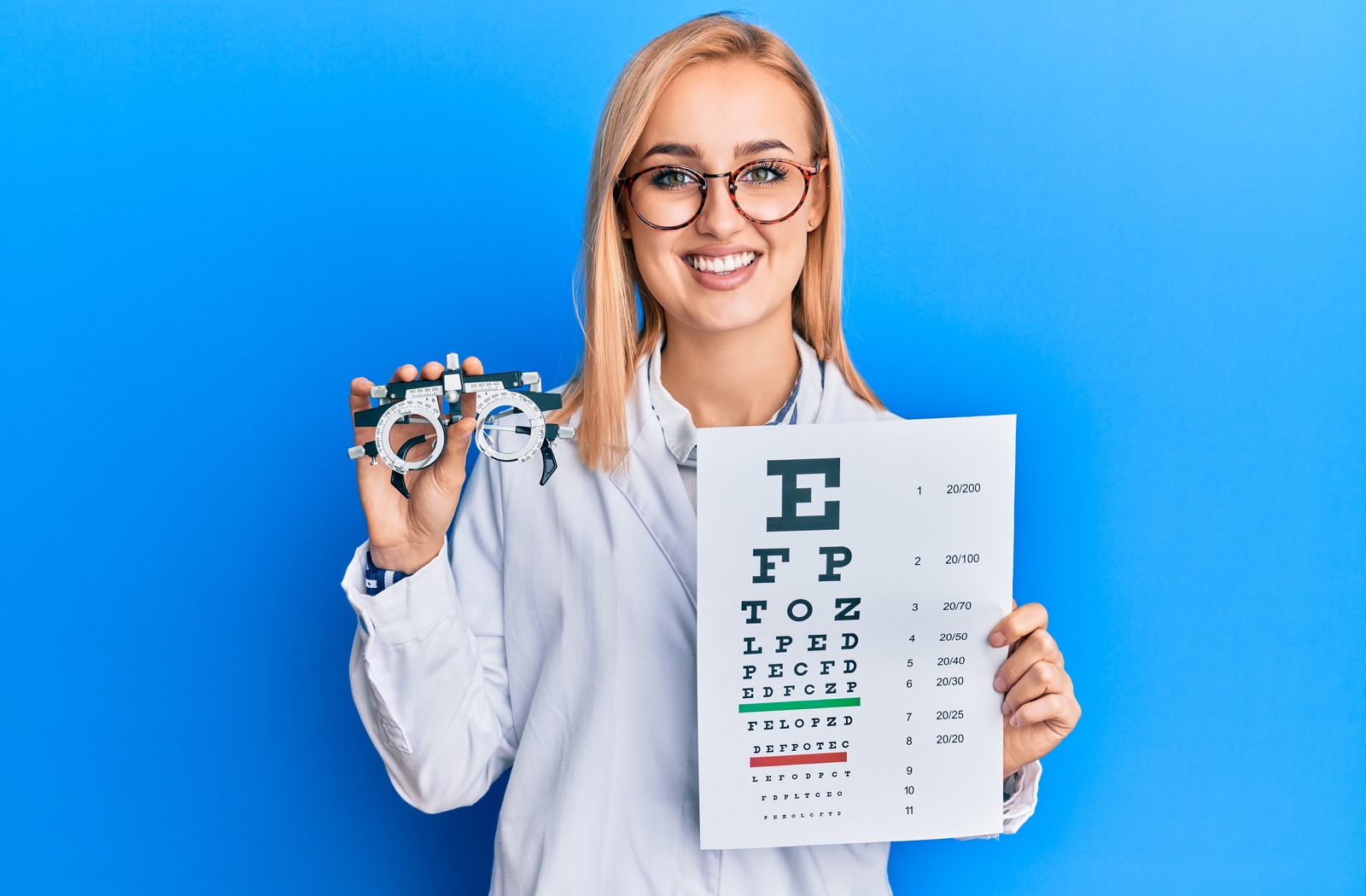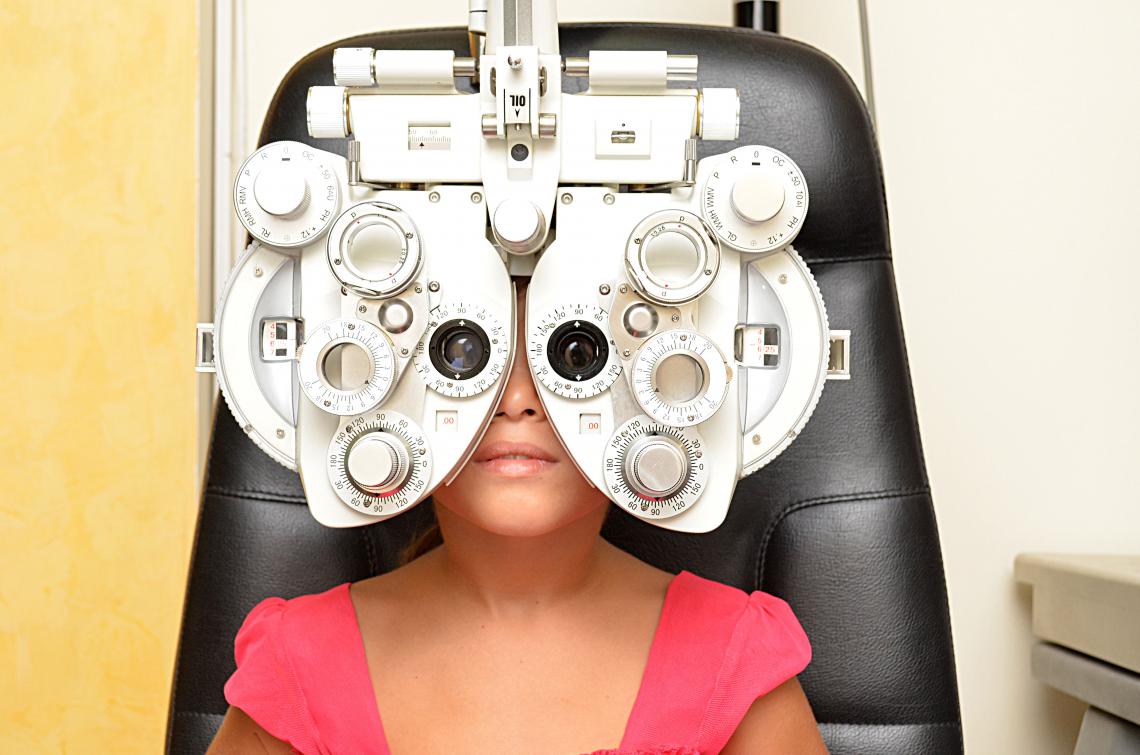Checking Out the most recent Technological Innovations in Optometry and What They Mean for Optometrists
From the precision of Optical Comprehensibility Tomography to the nuanced understandings used by AI-driven diagnostic tools, these advancements are establishing brand-new standards in person evaluation and treatment. As these innovations permeate the method, optometrists are encountered with the obstacle of welcoming these devices to enhance patient outcomes.
Developments in Diagnostic Devices
Advancing the field of optometry, innovations in analysis tools have actually transformed the way eye care professionals evaluate and diagnose aesthetic disabilities and eye problems. The previous decade has actually observed substantial technological improvements, making it possible for even more thorough and exact analyses.
Another key development is the introduction of advanced corneal topography systems, which map the surface curvature of the cornea with precision. These devices are specifically useful for suitable get in touch with lenses and diagnosing corneal disorders. Moreover, digital retinal imaging has changed traditional ophthalmoscopy, offering thorough, breathtaking sights of the retina that help with comprehensive aesthetic examinations.
The advancement of wavefront aberrometry has actually likewise been vital, making it possible for the evaluation of refractive mistakes with unmatched accuracy (Eye Doctor). This innovation assists in personalizing rehabilitative lenses and boosting medical end results for refractive surgical treatments. Jointly, these diagnostic innovations empower optometrists to provide exceptional patient care, making certain early intervention and customized therapy methods, eventually improving aesthetic wellness results
AI in Person Monitoring
Building on the structure of cutting-edge diagnostic devices, the consolidation of fabricated knowledge (AI) in person monitoring represents a transformative jump for optometry. AI systems are increasingly employed to improve performance, accuracy, and customization in person treatment. By examining huge quantities of information, AI can identify patterns and anticipate potential eye problems, making it possible for optometrists to customize treatments better. This capability is vital in managing persistent eye conditions such as glaucoma and diabetic retinopathy, where very early detection and continuous tracking are essential.
Moreover, AI-driven platforms help with structured person interactions and administrative procedures. Automated organizing, online consultations, and customized follow-up strategies not only boost patient complete satisfaction but additionally optimize time monitoring for specialists. These systems can triage people based on the necessity of their problems, making sure that those in crucial requirement get punctual attention.
Moreover, AI boosts decision-making by providing eye doctors with evidence-based recommendations and therapy pathways. By integrating data from digital health records, AI devices provide insights that notify medical decisions, reducing the danger of errors and boosting individual end results. As AI remains to develop, its duty in patient administration will likely broaden, reshaping the landscape of optometric treatment.
Advancements in Retinal Imaging
In the world of optometry, retinal imaging has experienced impressive technical innovations that are enhancing analysis capacities and client treatment. Advancements such as Optical Comprehensibility Tomography (OCT) and fundus digital photography have actually reinvented how eye doctors examine the retina and visualize. OCT, specifically, gives high-resolution, cross-sectional pictures of the retina, allowing for the comprehensive examination of its layers. This ability is invaluable for early discovery and management of conditions like glaucoma, diabetic retinopathy, and age-related macular degeneration.
Improved imaging techniques like OCT angiography are additional refining diagnostic precision. Optometrist Chino. Such improvements help with the recognition of min retinal modifications that could symbolize disease progression.
Additionally, innovations in fabricated knowledge are increasing retinal imaging by making it possible for automatic evaluation of large datasets. These systems assist eye doctors in recognizing patterns a sign of pathology, thus enhancing diagnostic accuracy and performance. Collectively, these innovations are changing retinal imaging right into a keystone of modern-day eye treatment, boosting end results and broadening restorative opportunities.
Teleoptometry's Growing Role
Teleoptometry is progressively ending up being a vital element of eye treatment, driven by improvements in data and diagnostic devices. As optometry welcomes electronic transformation, teleoptometry promotes remote examinations, enabling eye doctors to prolong their services past traditional borders. This is particularly advantageous in country and underserved areas where access to specialized eye treatment is often limited. By leveraging high-resolution video clip conferencing and advanced retinal imaging, eye doctors can carry out comprehensive eye tests from afar, making certain timely medical diagnosis and treatment.
The combination of expert system (AI) additional boosts teleoptometry, making it possible for the evaluation of aesthetic information and assisting in the discovery of eye conditions such as glaucoma and diabetic retinopathy. AI-powered algorithms can quickly interpret complicated imaging data, offering optometrists with beneficial insights that boost professional decision-making.
In addition, teleoptometry supports connection of treatment through seamless integration with electronic wellness records (EHRs), permitting optometrists to keep thorough informative post person histories. This makes sure that individuals receive regular and individualized treatment even when talking to different practitioners.
Despite these benefits, challenges remain, including making certain data safety and managing person expectations. Nevertheless, teleoptometry stands for a considerable stride in the direction of even more accessible, efficient, and patient-centered eye care. As innovation evolves, its role is positioned to broaden further.

Future Patterns in Eye Treatment
A myriad of innovative patterns is set to improve the future of eye care, driven by technological developments and the evolving requirements of individuals. One considerable trend is the integration of man-made intelligence (AI) in diagnostics, which promises to boost the precision and efficiency of eye examinations. AI formulas can analyze substantial amounts of information from retinal pictures, possibly detecting conditions like diabetic person retinopathy and glaucoma earlier than conventional techniques.
Additionally, tailored medication is obtaining traction in optometry, with hereditary testing notifying tailored therapy strategies. This approach aims to optimize individual results by tailoring interventions to specific genetic profiles. Wearable modern technology, such as clever contact lenses, is also imminent, supplying real-time tracking of intraocular stress or glucose degrees, therefore supplying constant insights right into eye and systemic health and wellness.
The adoption of enhanced reality (AR) and digital fact (VR) in training and person education and learning is one more arising fad. These technologies supply immersive experiences that can improve understanding and abilities both for eye doctors and people. As these fads develop, optometrists must remain abreast of technical innovations to offer advanced care, making certain improved client outcomes and complete satisfaction in the dynamic landscape of eye treatment.
Final Thought

Jointly, these diagnostic developments empower eye doctors to supply premium client care, guaranteeing very early treatment and here are the findings customized therapy approaches, eventually enhancing aesthetic wellness results.

As these modern technologies proceed to evolve, optometrists have to adjust and incorporate them right into technique, ultimately enhancing workflow effectiveness and raising the standard of eye care supplied to patients.